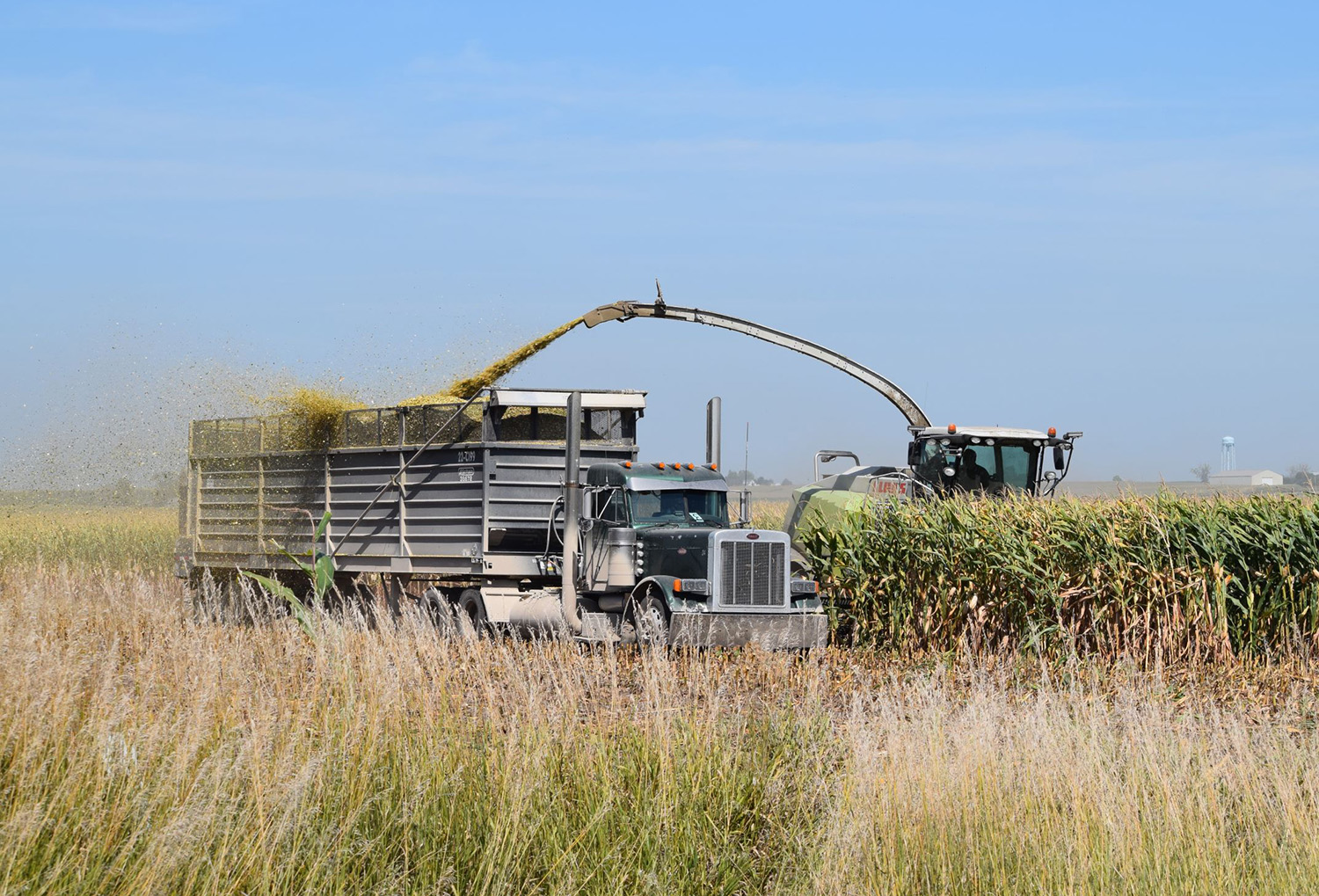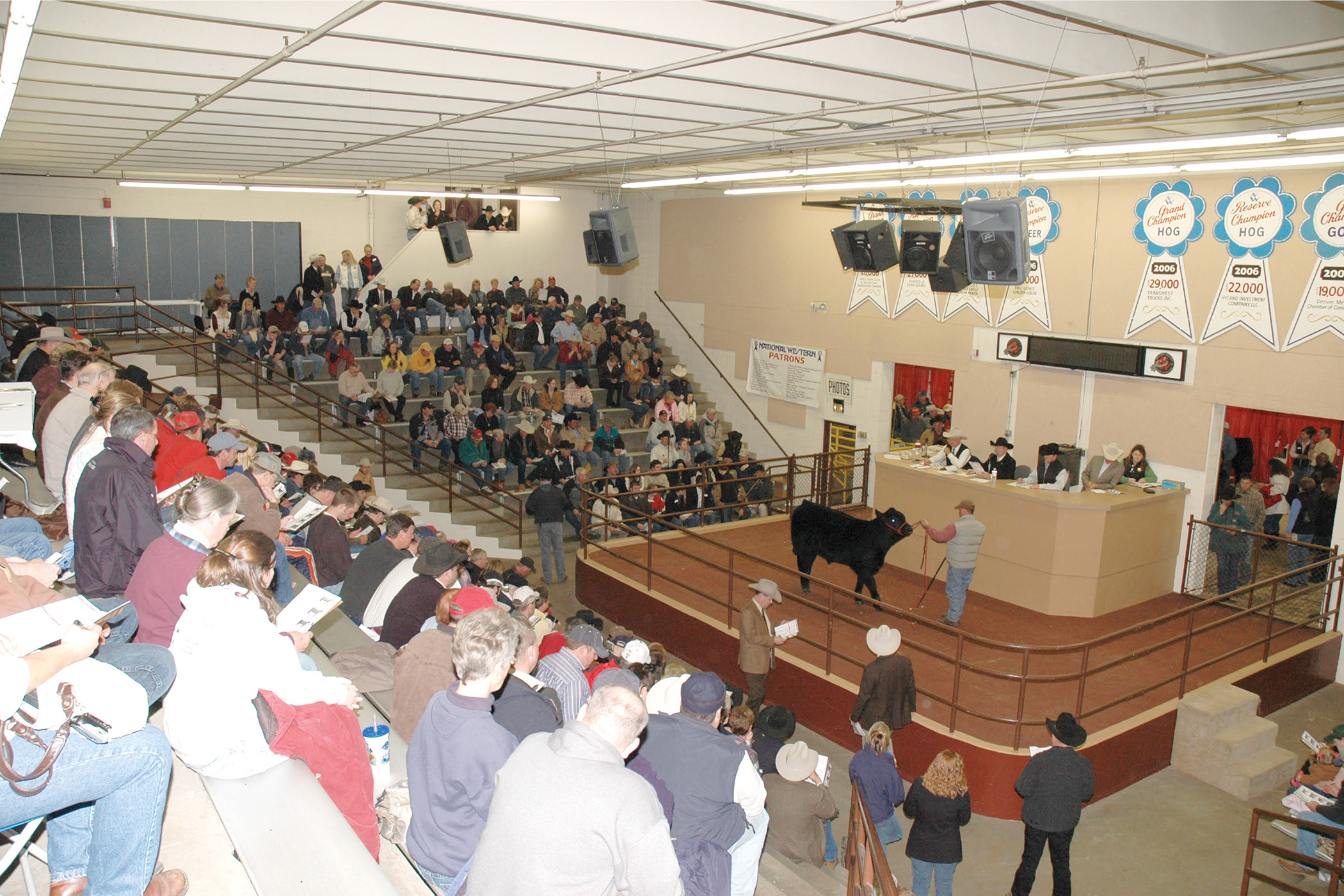Farm Custom Rate Survey Shows What Iowans are Charging and Paying in 2024
Newly released survey includes averages and ranges for popular farming tasks in Iowa
Article courtesy of Iowa State University Extension and Outreach
AMES, Iowa – Farmers who depend on custom work or provide custom services can review rates charged by others across the state in the latest Iowa Farm Custom Rate Survey.
The 2024 report was published in the March edition of Ag Decision Maker and includes 130 responses and 2,805 custom rates provided by Iowa farmers, custom operators and farm managers.
Farm tasks in the report include everything from planting to harvest, with cost data that reflect the average, median and range for each task.
The rates in the report are expected to be charged or paid in 2024, and they include fuel and labor (unless otherwise noted). The average price for diesel fuel (highway-retail including taxes) was assumed to be $3.92 per gallon (as projected by the U.S. Energy Information Administration in early February 2024). Rental rates for some machinery items are shown in the last section of the report, along with a worksheet for estimating rental rates for other items.
Ann Johanns, program specialist with Iowa State University Extension and Outreach and editor of Ag Decision Maker, said this year’s numbers seem more in line with the current farm economy.
“We’ve seen increases in rates the past two years (3% to 10% and 10% to 15%),” said Johanns. “The steady to slight decline in rates generally seen across the 2024 survey is closer to changes observed prior to the last two years.”
While the projected fuel price increased, production challenges and crop prices seem to have impacted custom rates as well.
Johanns said it’s important for custom operators to know the market for custom farming and to know their costs.
“If the custom operator isn’t covering their costs, they are operating at a loss,” she said. “If they don’t have a good handle on their cost to operate, there are helpful resources on Ag Decision Maker.”
New for 2024 is additional insight into who responded to each operation shown. Of the 2,468 who responded with usable rates: 48% are service providers, 32% are service users, 8% are both service providers and users, and 12% are unknown. The sources of the 69 rates reported for machinery rentals are: 38% machinery owners, 35% machinery renters, 11% machinery owners and renters, and 12% unknown. The sources of the 108 rates reported for wages are: 81% employers, 7% employees, 2% employer and employee, and 9% unknown.
The rate survey is intended only as a guide. Actual custom rates may vary according to availability of machinery in a given area, timeliness, operator skill, field size and shape, crop conditions and the performance characteristics of the machine being used.
“Ultimately, the Custom Rate survey is a starting point in discussions, but any custom rate charged, or paid, should cover the operator’s cost of owning and operating the machinery being used,” said Johanns. “Just using the results of the survey alone might not be the right answer for an individual operation.”



